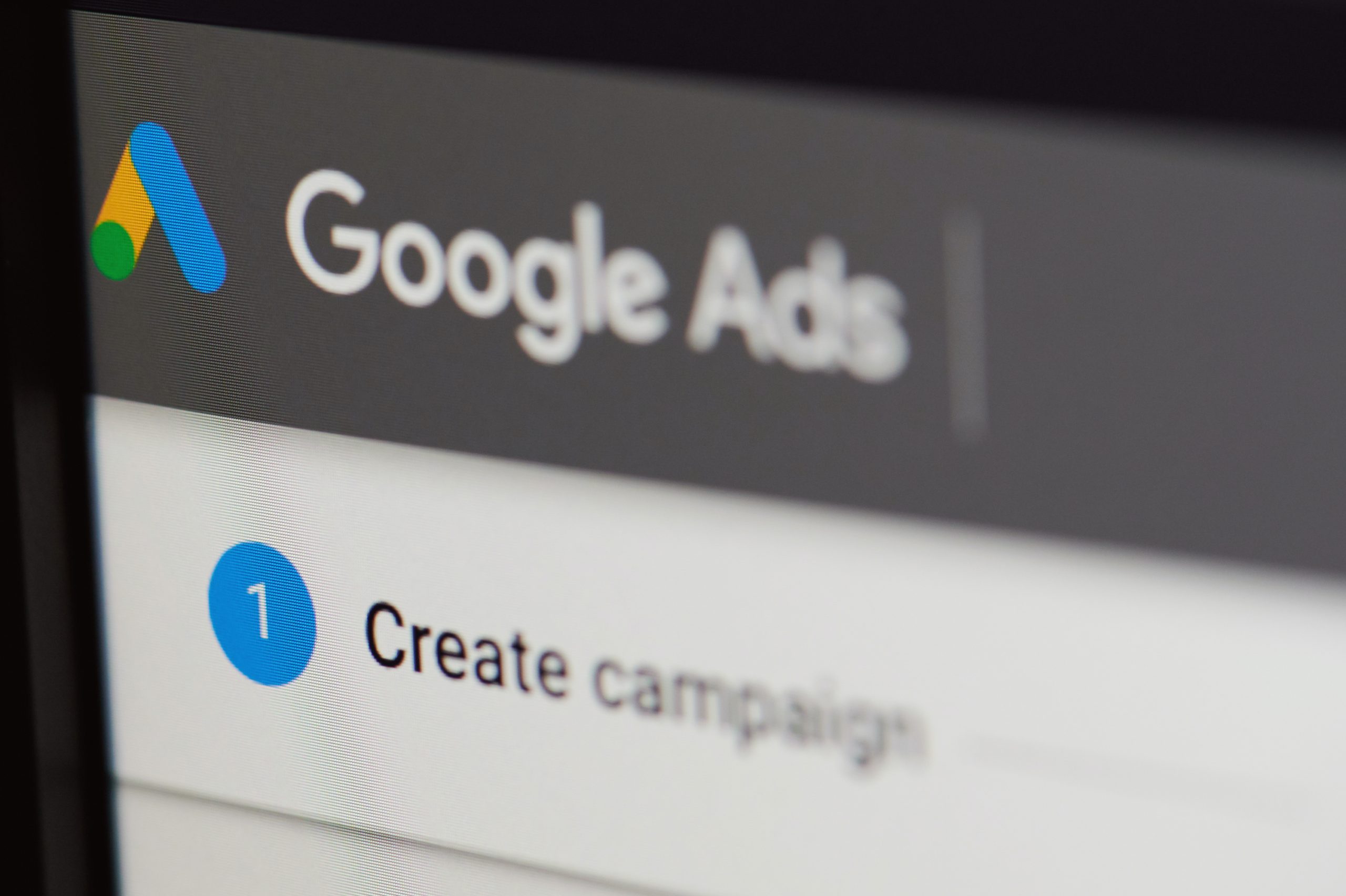Google has announced that it will no longer allow Expanded Text Ads, also known as ETAs, to be created starting June 30, 2022.
This announcement comes after having transitioned the default ad creation type in the UI from ETAs to Responsive Search Ads (RSAs) in February. Advertisers had begun to speculate at that time that this move might mark the beginning of the end for ETAs.
Why Is Google Making This Change?
Google noted that the goal of this change is to ensure that the “right message” always shows by dynamically creating ads at the time-of-auction to respond to specific search queries.
Advertisers might argue, though, that this step takes control out of their hands and puts it in Google’s hands. Anecdotally, I’ve seen better conversion performance, specifically better CPLs, with ETAs than RSAs.
What Does This Change Mean?
As of June 30, 2022, advertisers will no longer be able to create or edit expanded text ads. Existing expanded text ads will be able to be paused, reactivated, and removed. Keep in mind that edits to ads are considered deletions with new ad creations, so edits likely will not be possible.
What Impact Will This Have on Advertisers?
Advertisers will lose some control with the move toward RSAs. Often advertisers use ETAs to test messaging, which they then use to inform RSAs. Best practice recommendations were previously to include at least 2 ETAs and 1 RSA in each ad group. Google is now recommending advertisers have 1 RSA in each ad group.
The issue with this is that, because of the nature of RSAs (which are automatically populated, pulling from several headlines and description lines), it does not allow for granular performance breakdowns. This makes it harder for advertisers to know exactly what copy is working versus what isn’t.
As I mentioned above, I often see better performance from ETAs than RSAs so this could certainly have performance implications for advertisers, as well.
On a broader scale, unfortunately, this also seems to mark a trend in the lack of control for advertisers.
What Should Advertisers Do?
I would absolutely suggest testing ETAs hard in the next few months while you can still create them. Be sure to add some evergreen ETAs that you can use in the future, as well. You may even want to set up some additional ads so that you can continue testing even after you’re unable to add new ETAs.
Advertisers should of course also focus on testing and improving RSAs. Ensure every ad group has an RSA and work to find out which copy lines work best for your organization, just in case ETAs are retired entirely in the future.





